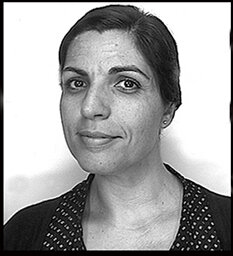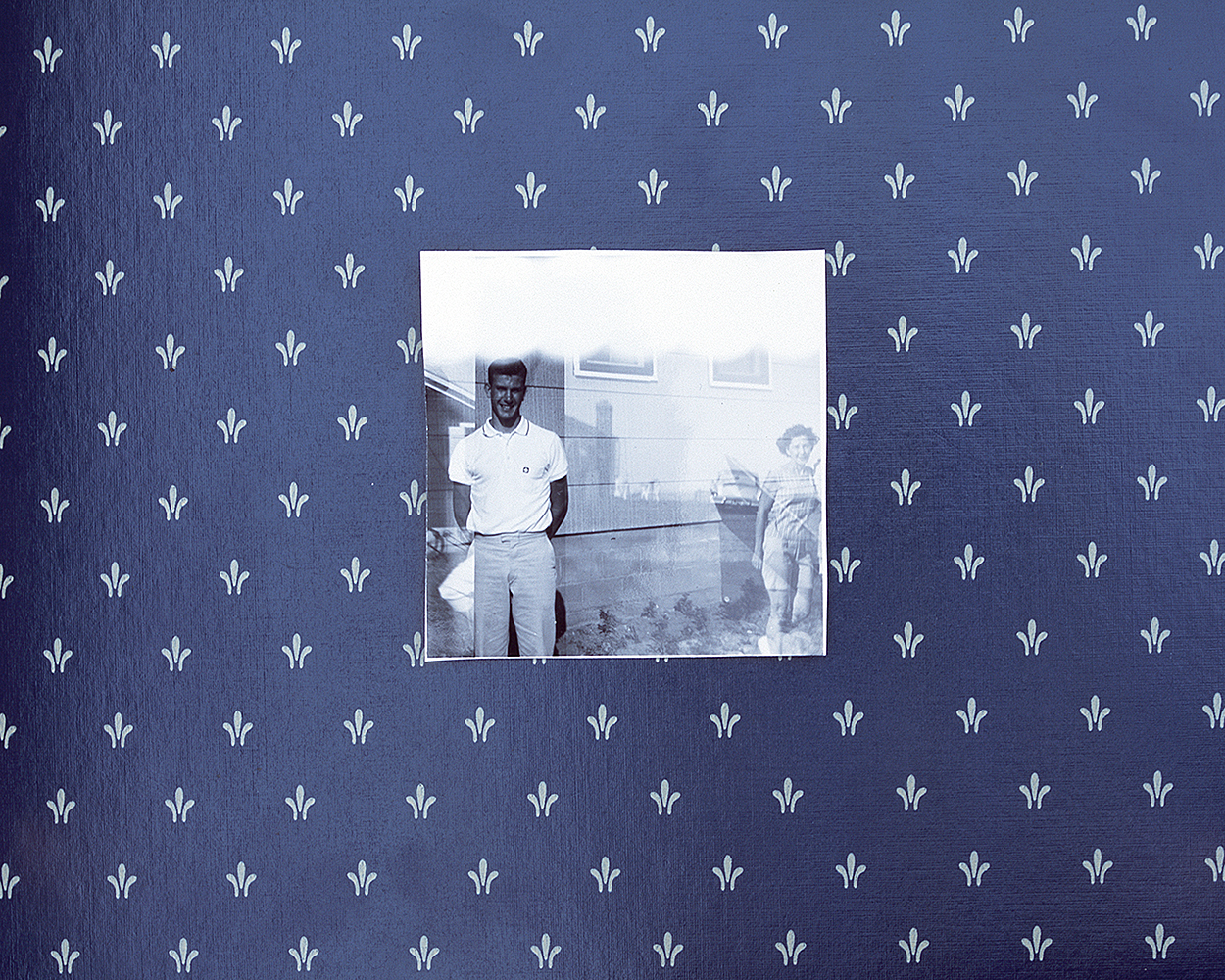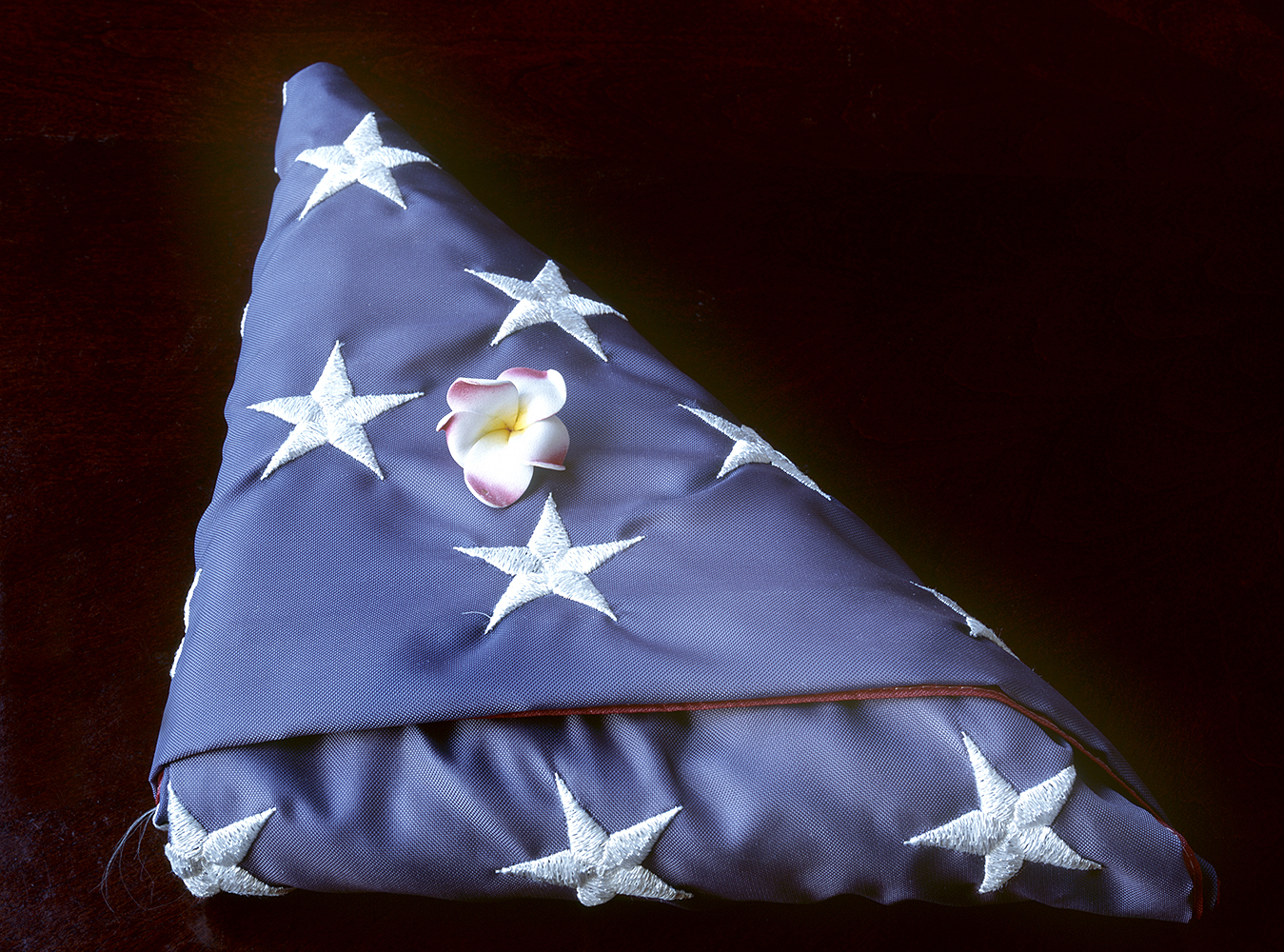Alumni
Baxter St at CCNY has long been a catalyst for innovative creation within the artistic mediums of photography and video practices. Ranging from exhibitions, residency programs, and partnerships, our core mission is to support and activate a vibrant community deeply engaged in the art of lens-based contemporary practices. Take a look at the wide breadth of alumni that are a part of our wonderful and ever-expanding community.
ARTISTS
Inbal Abergil
Baxter St. Residency (2016)

ARTISTS
Inbal Abergil
Baxter St. Residency (2016)
N O K – Next Of Kin
Inbal Abergil is a New York-based visual artist originally from Jerusalem. Her practice investigates the aesthetic and societal norms through conceptions of time, memory and place, specifically in cultures where loss is a substantial part of daily life. Abergil holds an M.F.A. in Visual Art from Columbia University (2011), studied photography at Jerusalem?s Hadassah College (2001), and received a B.F.A. with honors from the Midrasha School of Art (2007). Her work has been exhibited internationally in museum and gallery exhibitions, and are held in public and private collections. Abergil has recently shown at Golden Thread Gallery, Belfast, Jeonju Photo Festival, South Korea, Shulamit Gallery Venice-California, Miyako Yoshinaga Gallery New York City among others. She is the recipient of numerous awards including the Rabenovich Prize from Tel Aviv’s Department of Art & Culture (2004),The America-Israel Cultural Foundation Foundation (2002) and the Artis Grant Program(2012). Her series Nothing Left Here But The Hurt has been nominated for the prestigious Prix Pictet Photography Prize (2012). Abergil was selected as a 2013 FlaxArt International Artist in Residence, Northern Ireland. In 2015, Abergil’s recent project was selected for fiscal sponsorship with Artspire, a program of the New York Foundation for the Arts (NYFA). She currently maintains an active studio practice and teaches photography at Columbia University and Pace University.
The cinemas in “24 Frames Per Second”, are temporary shelters in a way, providing an escape from hectic daily life in Israel. Once moviegoers pass a routine security check to enter the theater, they are transported to another place through conventional Hollywood narratives. I photographed these films as I watched them for the first and only time, which brought an element of surprise and mystery to a medium that is highly designed and staged. Sitting in the audience, I photographed with a medium-format still camera, in long exposure, using the movie screen as my only source of light. Because these quick snapshot frames of a moving image relied on the unpredictable combination of the film speed and the reflexes of my finger on the shutter, the resulting stills were only revealed once the ?lm was developed. Each 33×33 square-inch photograph depicts only a portion of the projection image on the screen, floating in the black space created by rows of seats. Spectators penetrate the image as shadows. The process became a chase for the ultimate image within the constraints of a medium that moves at twenty-four frames per second.





